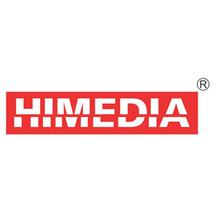Antibiotic Assay Medium No.1 (Seed Agar), 500 g, Each

$ 211.20
|
|
Details:
The potency of an antibiotic can be determined by chemical, physical and biological means. An assay is made to determine the ability of an antibiotic to kill or inhibit the growth of living microorganisms. Biological tests offer the most convenient means of performing an assay (1), since a reduction in the antimicrobial activity of a specific antibiotic reveals changes not usually displayed by chemical methods (2).
Additional Information
| SKU | 5160511 |
|---|---|
| UOM | Each |
| UNSPSC | 41106200 |
| Manufacturer Part Number | M003-500G |

